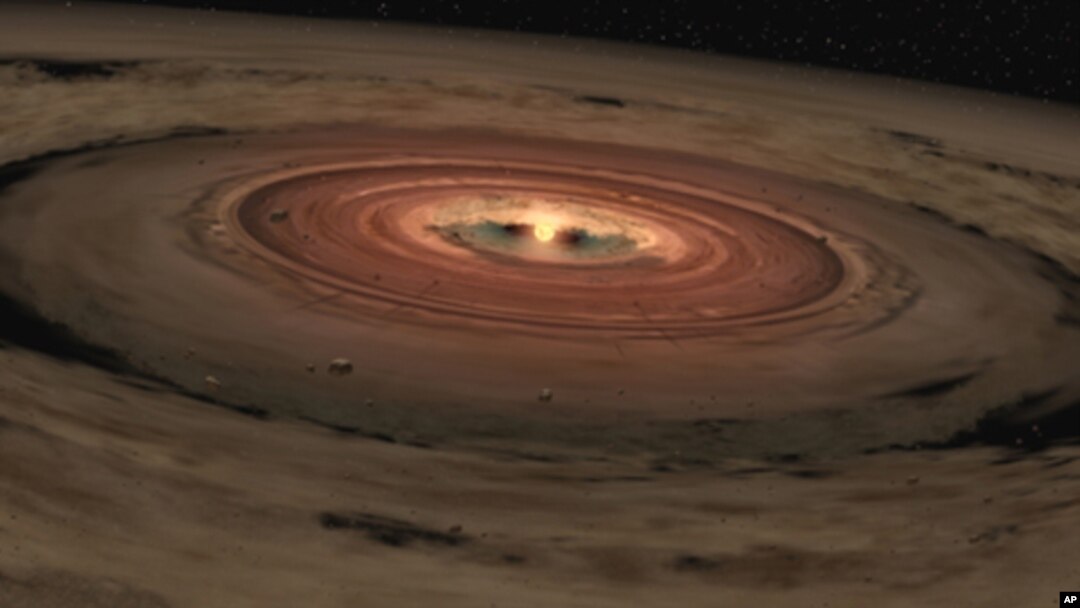A European team of astronomers says a joint analysis of data from the planet-hunting HARPS spectrograph and the orbiting Kepler spacecraft concludes that the way planets in our solar system are aligned in their orbits on a single, disk-like plane is a common feature of other planetary systems being discovered throughout the universe.
Scientists from the University of Portugal’s astrophysics center and the Observatory of Geneva in Switzerland say the findings also suggest that because all the so-called exoplanets they have spotted throughout the cosmos seem to line up harmoniously in the same flat disk around their parent stars, violent encounters or collisions between planets are infrequent.
The astronomers say the compatibility of the data from the ground-based HARPS and the orbiting Kepler is also remarkable because, even though their observations covered the same area of space, each device uses a very different method for detecting planets.
The research team says these results provide valuable clues to the forces that govern the formation and evolution of planets outside our solar system.
The new study will be published later this year in the journal, Astronomy and Astrophysics.
The HARPS spectrograph is located at the European Southern Observatory in La Silla, Chile. It finds planets using a technique called the radial-velocity method, which measures changes in the speed of a star's movement toward or away from earth caused by the gravitational tug of an orbiting planet.
The U.S. space agency's planet-seeking Kepler satellite uses the so-called transit method, which detects tiny changes in the brightness of a star's light when an orbiting planet crosses, or transits, in front of the star's disk.
'Flat Disk' May Be Standard Model for Planetary Systems Across Cosmos

This artist's concept shows a brown dwarf surrounded by a swirling disk of planet-building dust. NASA's Spitzer Space Telescope spotted such a disk around a surprisingly low-mass brown dwarf, or "failed star." Astronomers believe that this unusual system




